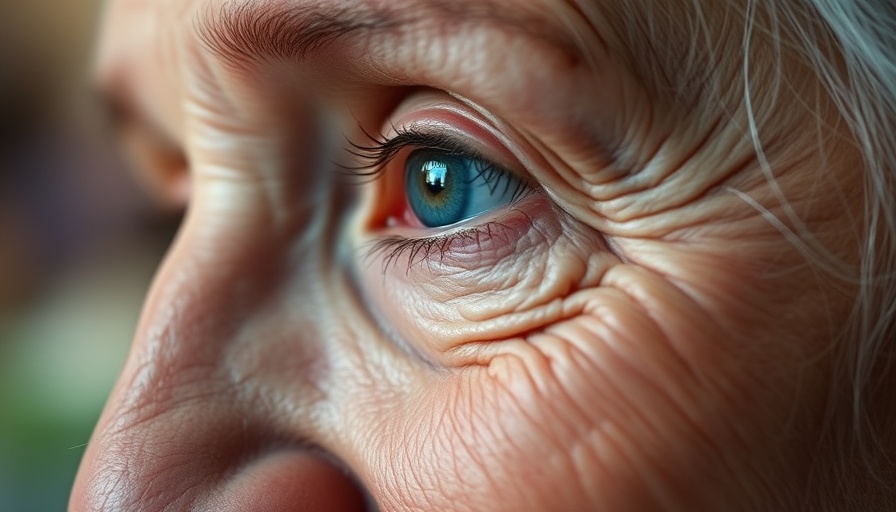
Rethinking Race and Lung Function: A Historic Shift
The ongoing efforts to end race-based assessments in lung function mark a pivotal moment in the intersection of medicine and social justice. Medical professionals, led by a multi-institutional team of physicians and researchers, are advocating for a reevaluation of how lung function impairment is assessed, a practice that affects many in their quest for fair compensation and treatment based on their health status.
Many know that lung function tests, particularly spirometry, have long relied on race-based reference equations to define what constitutes normal lung capacity. This outdated practice not only perpetuated biases within the healthcare system but also led to unequal access to necessary medical treatment and benefits for people of different racial backgrounds.
Historical Context: The Roots of Race-Based Assessments
Historically, race has been used as a proxy for biological differences in medical practices. The reliance on race in spirometry reference equations can be traced back to studies that emphasized supposed biological explanations for ethnic differences in pulmonary function. However, as emerging research highlights, race should not be viewed as a biological determinant but rather a social construct that varies significantly in its implications across different contexts.
Dr. Rohan Khazanchi, a lead author of the recent proposal, emphasizes that this approach is flawed: "National guidelines now advocate against the use of race, but significant barriers remain to changing institutional practices. Removing race from equations is just the first step; we need to change perceptions and practices in clinical settings and disability evaluations." These guidelines, introduced by the American Thoracic Society and European Respiratory Society, signify a crucial shift in acknowledging the flaws of the existing frameworks.
The Importance of Actionable Insights: What Can Be Done?
As these reforms progress, there are essential steps that governments, insurance companies, and healthcare providers can take. From promoting awareness among medical professionals about the harms of race-based assessments to investing in research for alternative methods that do not rely on outdated racial categorizations, there is a clear path forward. Collaborative efforts, such as those initiated with the American Medical Association, offer a framework for how institutions can update their practices.
Moreover, educational campaigns targeting medical students and healthcare professionals are imperative in fostering a new understanding of lung function assessments. Clear communication about the reasons for these changes, alongside training programs to implement them effectively, is essential for long-lasting improvements.
Future Predictions: The Path Ahead
The fight against race-based assessments isn't just a medical issue; it's a significant social justice concern as well. By re-evaluating how we interpret clinical data, we stand to create a more equitable healthcare system. Future discussions surrounding health equity and inclusivity will shape how medicine is practiced in light of these changes.
Looking forward, it is crucial for research and advocacy groups to continue monitoring the effects of these recommendations. Future studies need to assess the impact of eliminating race from pulmonary function assessments on patient outcomes, ensuring that this shift leads to improved health and social equity.
Conclusion: A Call to Action for Equity in Healthcare
As we navigate these significant changes in the medical field, it is vital for all stakeholders—from policymakers to healthcare providers—to commit to ending the misuse of race in lung function assessments. Understanding how systemic biases have influenced healthcare practices can lead to better health outcomes for all. By cooperating and communicating effectively, we can pave the way for a healthier, more equitable future in lung health.
 Add Row
Add Row  Add
Add 




Write A Comment